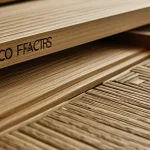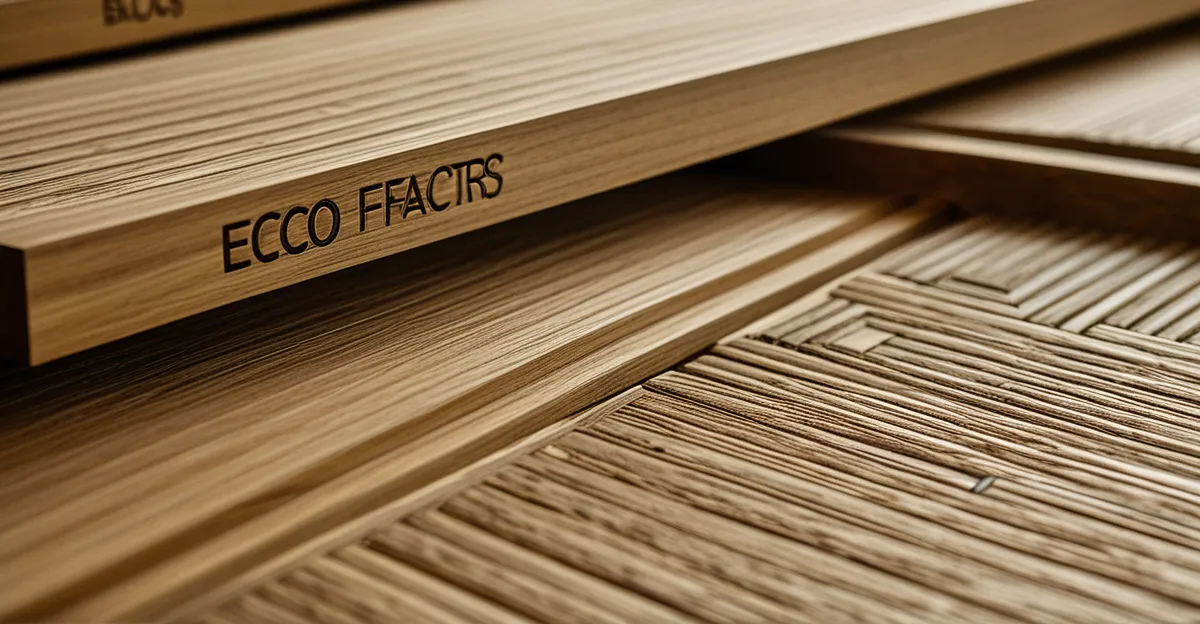Essential Factors for Selecting Sustainable Materials in UK Renovations
Choosing sustainable materials for UK home renovations requires careful consideration of several critical factors. First, assessing the environmental impact is paramount. This involves examining the embodied carbon associated with materials and prioritising those with lower lifecycle emissions. Local sourcing plays a key role here, reducing transportation-related environmental costs and supporting regional economies.
Another essential factor is the compatibility of materials with UK building regulations. Ensuring compliance not only guarantees safety but also aligns with sustainability goals by adhering to standards that often include energy efficiency and waste reduction requirements. Materials should ideally carry recognised certifications like FSC or BREEAM, which attest to their eco-friendly nature.
This might interest you : What Are the Essential Elements for a Cozy British Home?
Balancing durability, cost, and sustainability is equally important. Materials must withstand the often damp and variable UK climate without frequent replacement, ensuring a good return on investment. While upfront costs may vary, it is beneficial to evaluate long-term cost-effectiveness in terms of maintenance and environmental performance. Certified sustainable options generally reflect this balance, contributing to both robust and responsible renovations.
Assessing Material Sourcing and Environmental Impact
Choosing sustainable materials for UK home renovations begins with scrutinising material sourcing. Sourcing local or regional materials is crucial as it significantly reduces transportation emissions, cutting the embodied carbon footprint. Embodied carbon refers to the total greenhouse gas emissions generated during a material’s production, transport, and disposal. Materials with lower embodied energy contribute to a smaller environmental impact throughout their lifecycle.
This might interest you : How Can You Create a Cozy Home Atmosphere?
Prioritising eco-friendly materials such as reclaimed wood, recycled metals, and natural insulation reduces waste and conserves resources. For example, using reclaimed bricks or recycled steel lowers demand for new extraction and processing, which are energy-intensive.
Understanding the full lifecycle—from extraction through manufacture, use, and disposal—helps in selecting materials that are genuinely sustainable. Lifecycle assessment (LCA) tools enable renovators to quantify environmental impacts beyond just upfront costs or aesthetics, fostering informed decisions.
Ultimately, careful evaluation of sourcing and embodied carbon ensures materials chosen for UK home renovations not only meet sustainability goals but also support local economies and contribute to a circular economy. This holistic approach is key in minimising environmental harm while maintaining practical benefits.
Ensuring Compliance with UK Building Regulations and Standards
Understanding UK building regulations is crucial when selecting sustainable materials for home renovations. These regulations dictate safety, energy efficiency, and environmental standards that materials must meet. Compliance ensures that renovations are lawful and contribute to broader sustainability goals by reducing waste and promoting resource efficiency.
What are some key UK building regulations relevant to materials? The Building Regulations Part L focuses on conservation of fuel and power, requiring materials to offer adequate insulation and minimise energy consumption. Part F demands good ventilation, influencing material choice for airtightness and moisture control. Selecting materials compliant with these standards supports energy-efficient and healthier homes.
How do certification schemes help in this context? Certifications such as FSC (Forest Stewardship Council) and BREEAM (Building Research Establishment Environmental Assessment Method) verify that materials come from responsibly managed sources and meet rigorous sustainability criteria. For example, FSC-certified timber guarantees sustainable forest management, while BREEAM assesses overall environmental impact.
Contractor expertise also plays a role. Navigating documentation and ensuring installation aligns with regulations require knowledgeable professionals. This collaboration ensures that sustainable materials integrate smoothly within the regulatory framework, empowering homeowners to achieve both certification and compliance with confidence.
Evaluating Durability, Cost-Effectiveness, and Longevity
When selecting sustainable materials for UK home renovations, durability is a top priority. Materials must withstand the UK’s often damp and variable climate without frequent repairs or replacement. Durable choices reduce waste and maintenance costs, supporting a truly sustainable investment.
How do you balance durability with cost-effectiveness? While some sustainable materials may have higher upfront costs, evaluating their lifecycle costs is essential. This approach considers not just purchase price but ongoing maintenance, replacement frequency, and impact on energy efficiency. Materials offering longevity often prove more economical and environmentally sound over time.
Maintaining sustainability without compromising performance means choosing materials certified for quality and environmental credentials. For example, FSC-certified timber ensures both durability and responsible sourcing.
In sum, focusing on durability and long-term value aligns with sustainability goals by minimising waste and reducing environmental impact. This strategic selection benefits homeowners by delivering robust renovations that stand the test of time while remaining cost-effective and eco-conscious.







